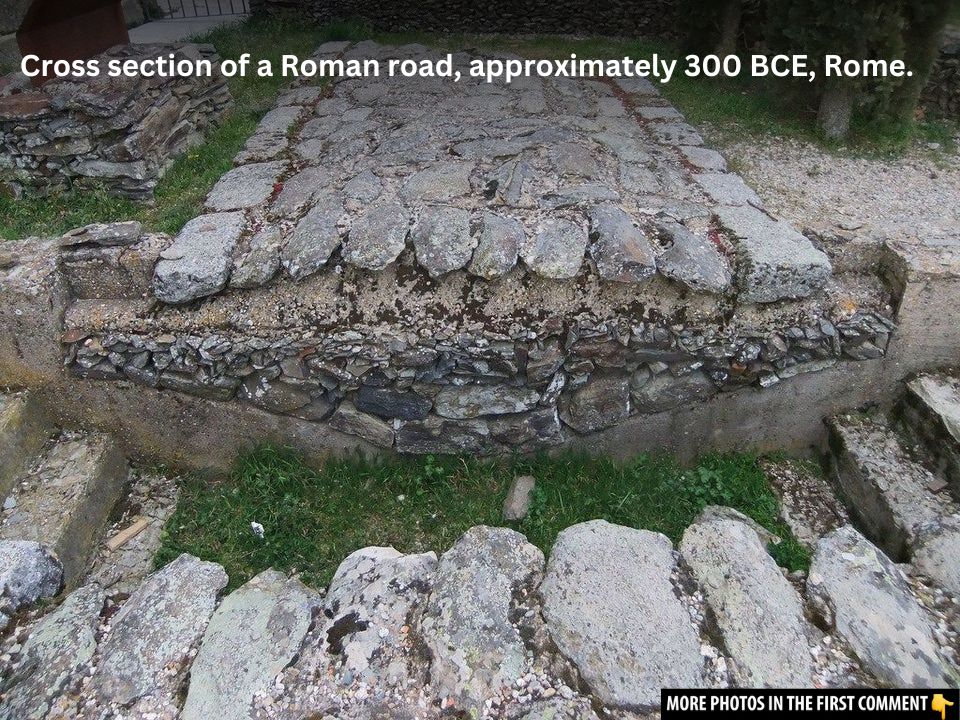Archaeological discoveries have long been the key to uncovering the hidden stories of past civilizations. From deciphering ancient languages to revealing sophisticated engineering techniques, these finds provide a glimpse into the lives of people who lived millennia ago. Some discoveries have reshaped our understanding of history, bridging gaps between ancient and modern times. In this article, we delve into 24 of the most rare, significant, and profound archaeological finds ever made. Each of these treasures tells a unique story of human ingenuity, culture, and historical events that have shaped the world.
1. The Rosetta Stone
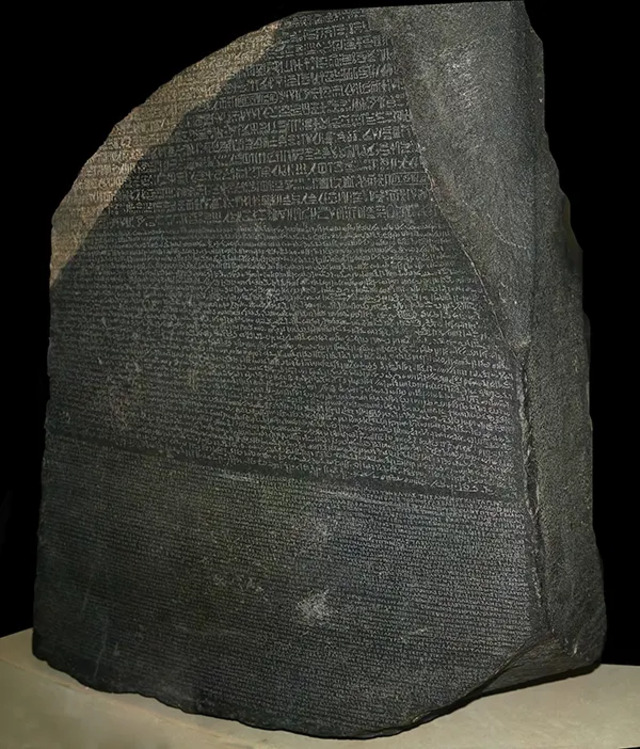
The Rosetta Stone, discovered in 1799 by French officer Pierre-François Bouchard during Napoleon’s Egyptian campaign, became one of the most important archaeological finds in history. This granodiorite stele bears a decree from 196 BC, inscribed in three scripts: Ancient Egyptian hieroglyphs, Demotic script, and Ancient Greek. The discovery of the Rosetta Stone unlocked the mystery of Egyptian hieroglyphs, enabling scholars to finally translate a vast array of ancient texts and learn about the ancient Egyptian civilization in greater detail.
Watch the video to discover how the Rosetta Stone unlocked the secrets of hieroglyphics and revolutionized our understanding of ancient Egyptian language!
2. The Dead Sea Scrolls
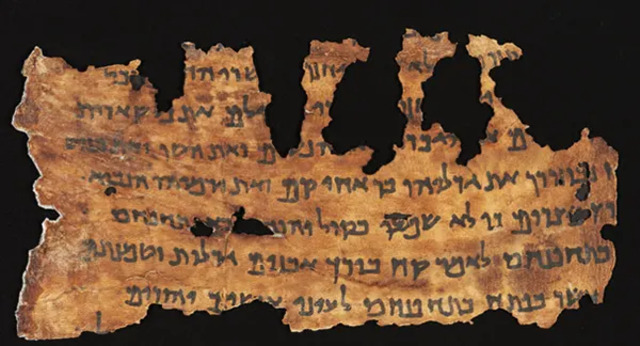
The Dead Sea Scrolls, found between 1946 and 1956 in the Qumran Caves near the Dead Sea, are a collection of Jewish manuscripts from the Second Temple period. The scrolls contain religious texts, including some of the earliest known versions of biblical books like Isaiah, as well as non-biblical texts that provide insight into Jewish religious practices and beliefs. With their discovery, scholars gained a deeper understanding of the development of the Hebrew Bible and early Jewish culture, including previously unknown sects such as the Essenes.
3. Pompeii

The eruption of Mount Vesuvius in 79 AD buried the Roman city of Pompeii under a thick layer of volcanic ash, preserving the city almost perfectly for over 1,500 years. The excavation of Pompeii began in the 18th century, and what has been uncovered is a remarkably well-preserved snapshot of daily life in ancient Rome. From public baths to private homes, Pompeii offers invaluable insights into Roman society, including detailed frescoes, mosaics, and even the bodies of citizens who perished in the eruption, preserved by volcanic ash.
Watch the video on Reconstructing the Faces of Pompeii Victims and see how scientists bring the faces of ancient Romans to life using modern technology.
4. The Cave of Altamira
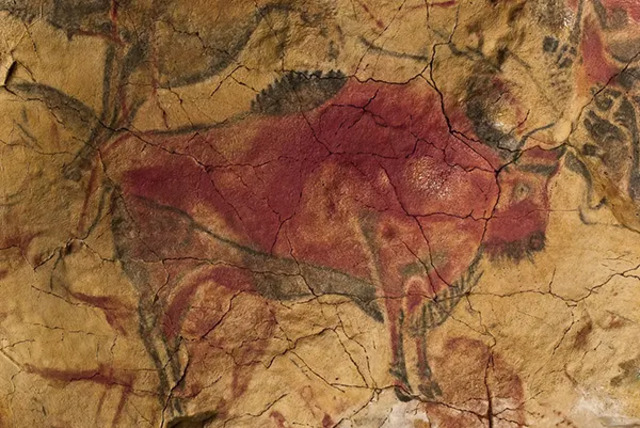
Located in Spain, the Cave of Altamira contains some of the earliest and most vivid examples of prehistoric art. Discovered in 1868, the cave features charcoal drawings and polychrome paintings of bison, created by the Magdalenian people around 36,000 years ago. These works offer a rare glimpse into the cognitive and artistic abilities of early humans, as well as their deep connection to the animals they hunted. Altamira is one of the most significant examples of Upper Paleolithic cave art, highlighting the early human engagement with visual expression.
Watch the Cave of Altamira and Paleolithic Cave Art of Northern Spain video (UNESCO/NHK) and explore the stunning prehistoric art that has stood the test of time.
5. The Tomb of Tutankhamun

In 1922, archaeologist Howard Carter discovered the tomb of Tutankhamun in the Valley of the Kings, Egypt. The tomb was found nearly intact, filled with treasure, including the famous gold mask of Tutankhamun. The discovery of the tomb brought to light a wealth of knowledge about ancient Egyptian burial practices, royal life, and the wealth of Egypt’s pharaohs. The relatively modest size of the tomb, compared to other royal tombs, sparked curiosity about Tutankhamun’s brief reign, and the wealth of items found within it revealed the splendor of the New Kingdom.
Watch Tutankhamun’s Treasures (Full Episode) | Lost Treasures of Egypt and explore the fascinating artifacts and secrets of the famous pharaoh’s tomb.
6. Knossos

Knossos, the largest archaeological site on the island of Crete, is famed for its massive palace complex. As the center of the Minoan civilization during the Aegean Bronze Age, it was intricately designed with multiple levels, courtyards, and artful frescoes. Discovered in 1900 by Sir Arthur Evans, the site revealed the advanced nature of Minoan society, their trade networks, and religious practices. Knossos also holds the legendary connection to the myth of King Minos and the Minotaur, adding an air of mystery to its historical significance.
7. The Antikythera Mechanism
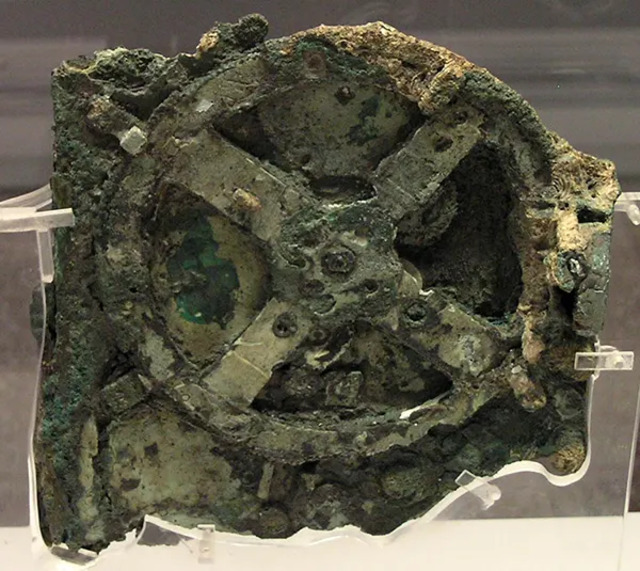
Discovered in 1901 from the wreckage of an ancient ship off the coast of Antikythera, Greece, the Antikythera Mechanism is an ancient analog computer used to predict astronomical positions and eclipses. Dating to around 100 BCE, this remarkable artifact demonstrates the advanced technological capabilities of the ancient Greeks. It consists of a complex set of gears housed in a wooden box, capable of performing calculations that were not replicated until the development of similar devices in the Renaissance.
Watch Antikythera Mechanism: The Ancient ‘Computer’ That Simply Shouldn’t Exist by BBC REEL and discover the incredible story of this ancient device ahead of its time.
8. The Pilate Stone
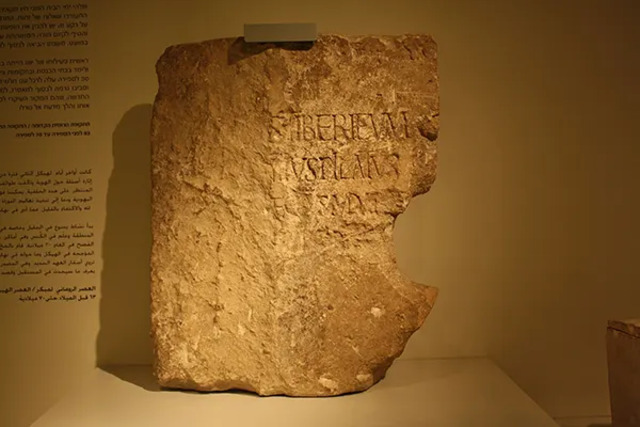
The Pilate Stone is a limestone block discovered in 1961 at Caesarea Maritima in Israel. It contains an inscription that mentions Pontius Pilate, the Roman prefect who sentenced Jesus Christ to crucifixion. The stone is of immense historical value as it is one of the only contemporary mentions of Pilate from the 1st century AD, providing evidence that ties together biblical accounts with historical records, thus offering crucial validation for the historical Jesus.
Watch the video to explore the historical site where Jesus is believed to have been tried by Pontius Pilate and uncover the truth behind this significant moment.
9. Olduvai Gorge

Known as the “Cradle of Humankind,” Olduvai Gorge in Tanzania has provided invaluable evidence about the earliest stages of human evolution. Fossilized remains of early hominins, such as Australopithecus and Homo habilis, along with stone tools, were found in the gorge, helping to trace the development of human societies. This discovery also sheds light on the social and technological advancements that led to modern humanity, particularly the use of tools and the early stages of hunting and gathering.
10. Hagar Qim

The megalithic temple complex of Hagar Qim in Malta, built around 3600-3200 BC, is one of the oldest religious structures in the world. The site, which consists of massive stone pillars and intricate carvings, provides essential insight into the early Mediterranean cultures and religious practices of the Neolithic period. The Megalithic Temples of Malta, including Hagar Qim, are now recognized as World Heritage Sites and continue to be studied for their architectural and cultural significance.
11. The Terracotta Army

The Terracotta Army, discovered in 1974 near Xi’an, China, consists of thousands of life-sized statues depicting soldiers, chariots, and horses. These figures were constructed to accompany the first emperor of China, Qin Shi Huang, in the afterlife. The discovery of the Terracotta Army is one of the most significant archaeological finds of the 20th century, offering incredible insights into the military organization, artistry, and culture of ancient China.
Watch the Terracotta Army: The Greatest Archaeological Find of the 20th Century by BBC News and explore the incredible discovery of China’s ancient warrior statues.
12. The Tomb of Philip II of Macedon

In the 1970s, archaeologists uncovered the tomb of Philip II, the father of Alexander the Great, in Vergina, Greece. The tomb contained a wealth of gold artifacts, weapons, and armor, shedding light on the wealth and power of the ancient Macedonian dynasty. The discovery of this royal tomb further cemented the historical importance of Philip II and his role in laying the foundations for his son’s conquests.
13. The Staffordshire Hoard
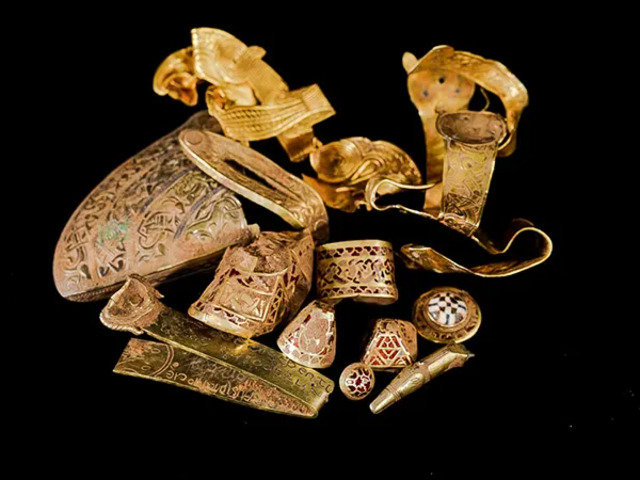
Discovered in 2009 in Staffordshire, England, the Staffordshire Hoard is the largest collection of Anglo-Saxon gold and silver artifacts ever found. The hoard consists of nearly 4,600 items, including weaponry and jewelry, dating from the 6th and 7th centuries. This discovery has provided important insights into the Anglo-Saxon period, particularly in terms of the craftsmanship, wealth, and culture of early medieval England.
14. The Baghdad Batteries
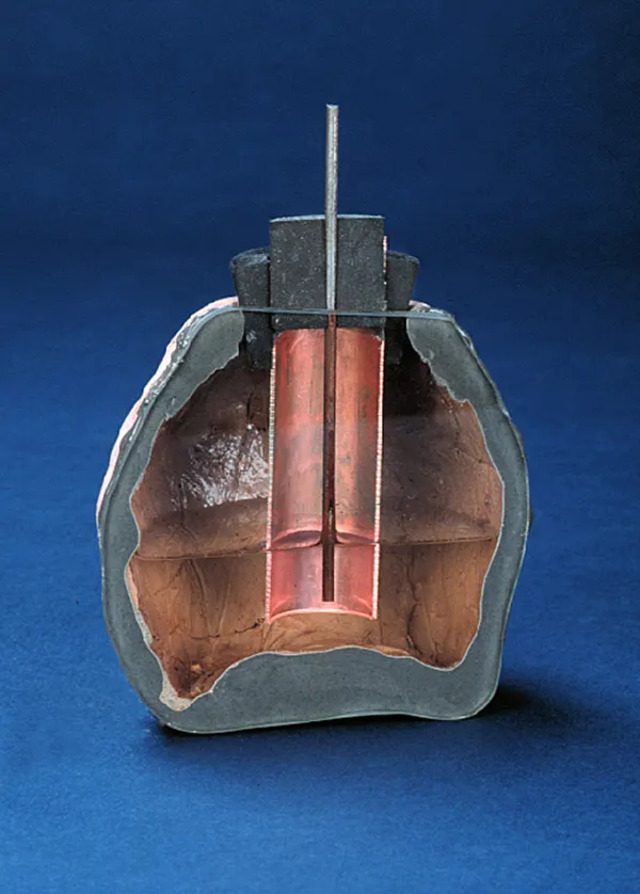
The Baghdad Batteries, discovered in 1936 near the ancient city of Ctesiphon, Iraq, are thought to be ancient galvanic cells. These artifacts, consisting of a ceramic pot, copper tube, and iron rod, have led to theories that the ancient civilizations of the Near East may have had rudimentary knowledge of electricity. Though their exact purpose remains unclear, the Baghdad Batteries continue to spark curiosity and debate among archaeologists.
15. Roman Dodecahedra

Roman dodecahedra are small, hollow objects made of copper alloy, shaped into a regular dodecahedron with 12 flat pentagonal faces. Found throughout the Roman Empire, these enigmatic artifacts have no known purpose. They were often found in coin hoards, and some speculate that they were used for divination, while others suggest they were religious symbols or measuring instruments.
Watch The UnXplained: Mystery of the Roman Dodecahedron (S6) and delve into the enigmatic purpose of this ancient artifact that has baffled historians for centuries.
16. Stone Spheres of Costa Rica
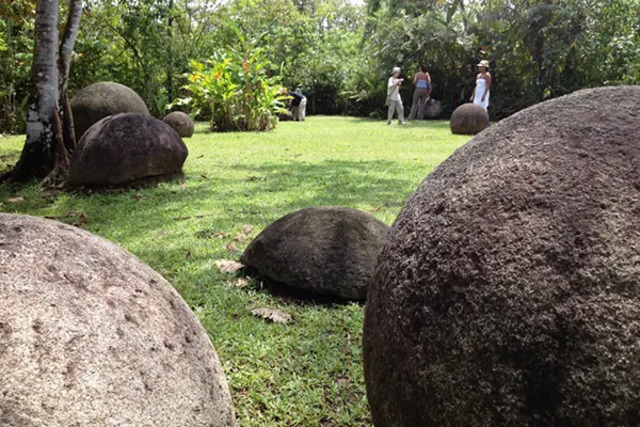
The Diquís stone spheres, found in Costa Rica, are a collection of over 300 perfectly round stone balls. Their purpose remains a mystery, but it is believed they were used as markers for important locations or as part of ceremonial rituals. Their sheer size and precise shaping make them a remarkable feat of prehistoric engineering.
17. Rapa Nui Statues
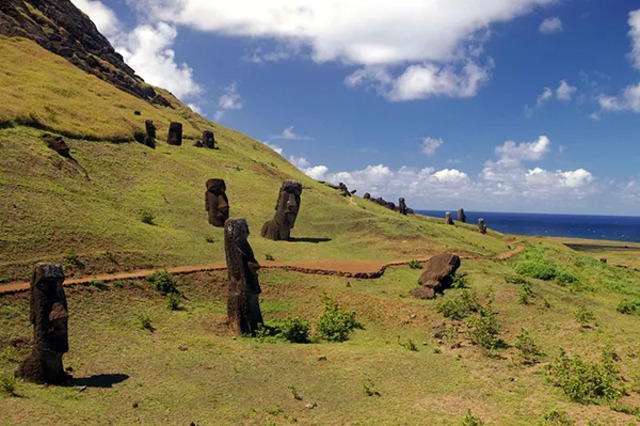
The Moai statues of Easter Island are one of the most iconic archaeological discoveries in the world. Created by the Rapa Nui people, these massive stone statues were placed on platforms along the island’s coast. The statues are characterized by disproportionately large heads and have sparked endless theories regarding their purpose, including religious, political, and cultural explanations.
18. The Piri Reis Map
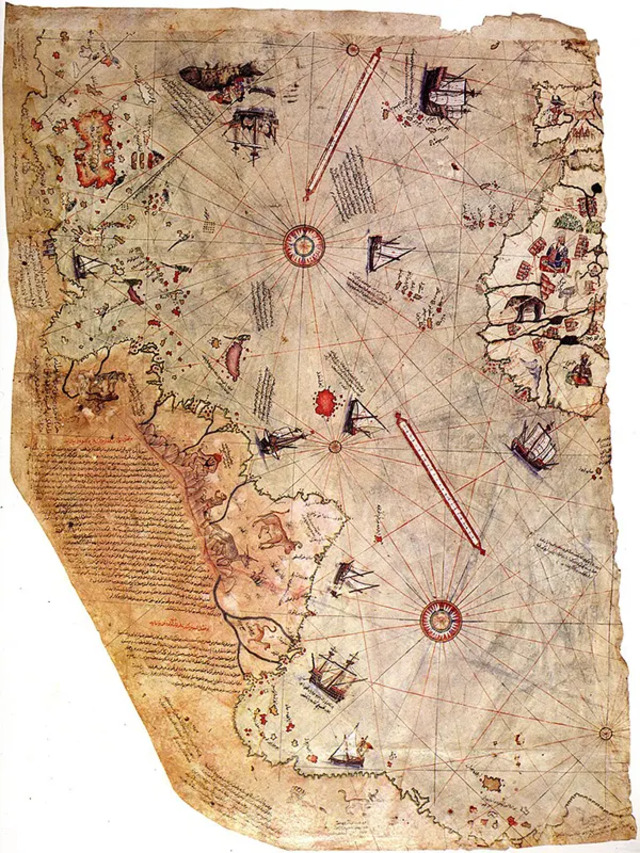
The Piri Reis map, created in 1513, is a world map that includes remarkably accurate depictions of the Americas and Antarctica. What makes it extraordinary is that the map includes a portion of the South American coastline that closely matches modern charts, and it suggests the existence of lost ancient knowledge of the Earth’s geography.
19. The Nazca Lines
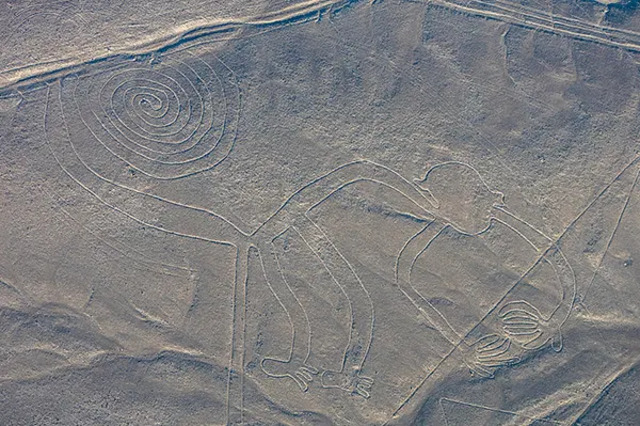
Located in southern Peru, the Nazca Lines are a series of geoglyphs etched into the desert floor. These immense drawings of animals, plants, and geometric shapes can only be fully appreciated from the air. Their purpose remains a mystery, but theories suggest they may have had astronomical, religious, or ceremonial significance.
20. The Voynich Manuscript
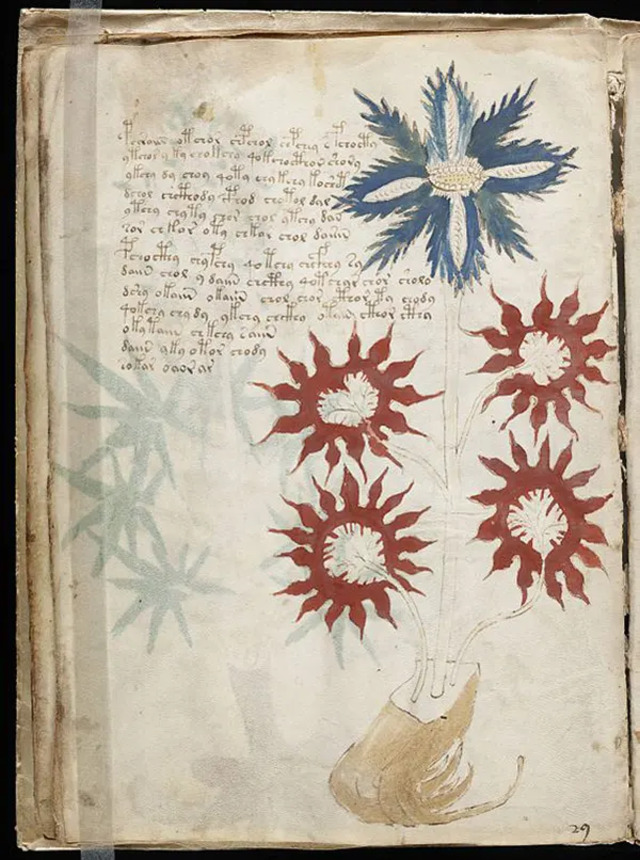
The Voynich manuscript, dating from the early 15th century, is an illustrated book written in an unknown script. The manuscript has baffled scholars for centuries, and its purpose remains a subject of debate. Whether it is an elaborate hoax, a coded message, or a work of speculative fiction is still unknown.
21. Göbekli Tepe

Göbekli Tepe, located in Turkey, is the world’s oldest known temple complex, dating back to approximately 9500 BCE. The site features massive stone pillars decorated with intricate carvings of animals and human figures, offering evidence of early religious practices and a sophisticated understanding of symbolism in prehistoric cultures.
22. Sacsayhuamán
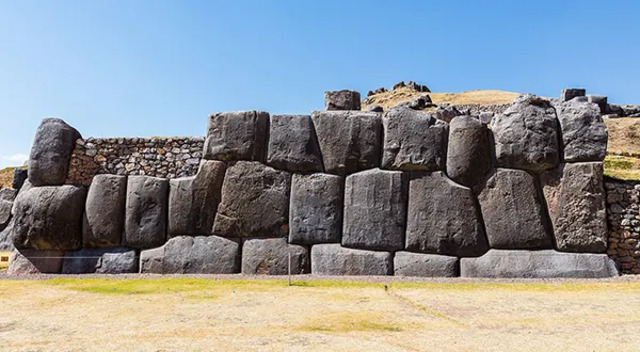
The Sacsayhuamán fortress in Cusco, Peru, is a stunning example of Incan engineering. Its massive dry stone walls, constructed without mortar, were designed to withstand earthquakes and remain a testament to the advanced skills of the Inca civilization. Sacsayhuamán continues to be a cultural and historical symbol of Inca strength.
Watch The Living Stones of Sacsayhuaman and explore the fascinating mystery behind the ancient Incan site and its massive stone structures.
23. Sea of Galilee Boat
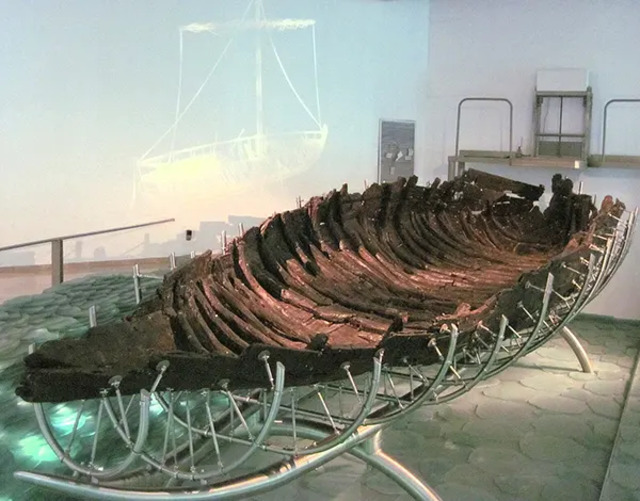
The Sea of Galilee Boat, also known as the “Jesus Boat,” is a fishing vessel from the 1st century AD discovered in Israel in 1986. It offers a fascinating glimpse into the everyday life of ancient Jewish fishermen and remains one of the few physical artifacts connected to the time of Jesus.
24. Grauballe Man
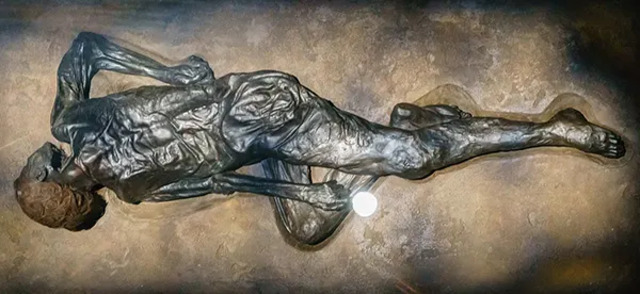
The Grauballe Man, a well-preserved bog body discovered in Denmark, dates back to the 3rd century BC. His body was naturally preserved in the peat bog, providing incredible insight into the burial practices and physical appearance of early Germanic people.
Conclusion
These 24 archaeological discoveries are not just relics from the past; they are windows into the stories of civilizations that shaped our world. From the grandeur of the Terracotta Army to the intricacy of the Nazca Lines, these treasures offer unmatched insight into the lives of ancient peoples. Whether they are monumental structures, everyday objects, or cryptic manuscripts, each discovery brings us closer to understanding the people who lived before us, their cultures, beliefs, and innovations. These findings continue to inspire and challenge our perceptions of history, making them invaluable not only to archaeologists but to all humanity.
